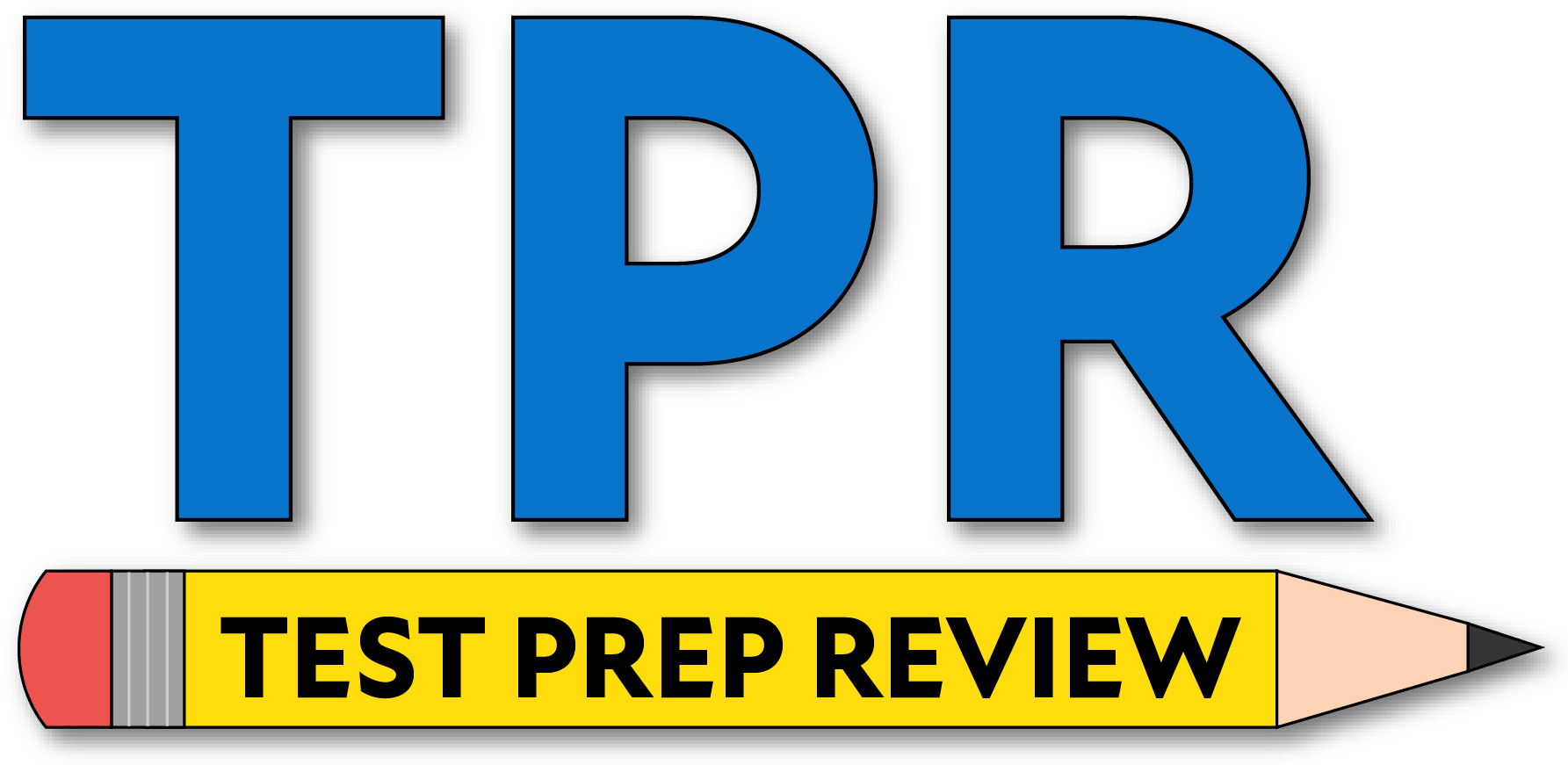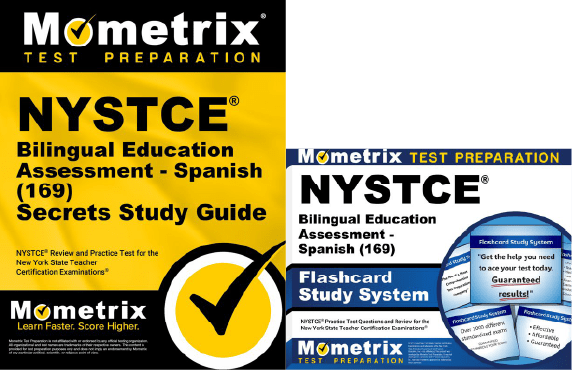If you need help studying for the NYSTCE Bilingual Education Assessment—Spanish exam or just want some more information about what the test is like, you’ve come to the right place.
Click below to take a free NYSTCE BEA—Spanish practice test!
What’s on the Exam?
There are 73 questions on the exam, and the time limit is 3 hours and 15 minutes.
The questions are split into two types:
70 questions
Selected-response questions require you to select the correct answer from a list of options. Multiple-choice questions are the most common example, but you may also see true-or-false questions and “matching” questions, which ask you to match terms or concepts with their definitions.
Constructed-Response (CR)
3 questions
The constructed-response questions require you to write or speak your answer instead of selecting from a list of choices.
Let’s take a closer look at the different sections of the exam.
1. Knowledge of Content
18% of your score
- Various types of bilingual education models and programs
- Current theories and research in home-language and new-language acquisition
- Social, general-academic, and discipline-specific language
- Identifying challenging aspects of English and Spanish
- The role of transference in new-language acquisition
- Strategies involved in learning a new language
- Creating a culturally responsive classroom and learning environment
- Effective intercultural communication techniques
- Individual learner variables
- Serving as a professional resource
- Informing and adjusting instructional practices and professional behavior
- Setting goals for professional learning
2. Knowledge of Pedagogy
18% of your score
- Establishing goals and expectations for bilingual education students
- NY State academic learning standards
- The interdependence of language learning and content learning
- Discipline-specific and interdisciplinary features of academic discourse and language
- Making subject matter accessible and comprehensible
- Supporting learning through scaffolding
- Connecting concepts across disciplines
- The principles of assessment
- Assessment instruments and techniques
3. Interpretive Listening: English
10% of your score
- Explicit and relevant information in a spoken message
- The use of register and sociolinguistic conventions
- The meaning and nuances of words and phrases when spoken
- Recognizing social, educational, and professional language
- Summarizing a speaker’s key ideas from a spoken message
- Making inferences based on a spoken message
4. Interpretive Listening: Spanish
12% of your score
- Explicit and relevant information in a spoken message
- The use of register and sociolinguistic conventions
- The meaning and nuances of words and phrases when spoken
- Recognizing social, educational, and professional language
- Summarizing a speaker’s key ideas from a spoken message
- Making inferences based on a spoken message
5. Interpretive Reading: Spanish
12% of your score
- Explicit and relevant information in a text
- The meaning and nuances of words and phrases in texts
- Recognizing social, educational, and professional language
- Summarizing key ideas from a text
- Making inferences based on a passage
6. Presentational Writing: Spanish
12% of your score
- Composing a coherent and effective written response to a prompt
- Determining the appropriate language, style, and social conventions for a written response
- Supporting ideas and opinions with relevant examples and details
- Forming a conclusion that supports ideas presented in your written response
- Effectively expressing ideas in Spanish
- The conventions of grammar, orthography, punctuation, and other mechanics in Spanish
7. Presentational Speaking: English
10% of your score
- Delivering a coherent and effective spoken response to a prompt
- Addressing problems and supporting ideas and opinions
- Effectively expressing ideas in English
- Maintaining a flow of speech
- Maintaining intelligible and clear pronunciation and intonation
8. Presentational Speaking: Spanish
12% of your score
- Delivering a coherent and effective spoken response to a prompt
- Addressing problems and supporting ideas and opinions
- Effectively expressing ideas in Spanish
- Maintaining a flow of speech
- Maintaining intelligible and clear pronunciation and intonation
How to Register
To get started with your registration, you’ll need to create an account on the NYSTCE website. You can then register for the exam and schedule a test date through your account.
When you submit your registration, you’ll need to pay the $65 testing fee.
Exam Scores
The test is scored using a scaled scoring method. Here’s how it works:
For every question you answer correctly, you get one point added to your raw score. At the end of the test, your final raw score will be converted to a scaled score. This scaled score will range somewhere between 400 and 600.
The reason your raw score is converted to a scaled score is because everyone who takes the test is given a slightly different set of questions. Since everyone has a different arrangement of questions, and because some questions are harder than others, converting your raw score to a scaled score ensures a more even playing field.
FAQs
How many questions are on the NYSTCE BEA—Spanish exam?
The exam contains 73 questions.
What is the time limit for the NYSTCE BEA—Spanish exam?
The exam is timed at 3 hours and 25 minutes.
What is the passing score for the NYSTCE BEA—Spanish exam?
You’ll need to get a final scaled score of at least 520 to pass.
How much does the NYSTCE BEA—Spanish exam cost?
The testing fee is $65.
NYSTCE and New York State Teacher Certification Examinations are trademarks of the New York State Education Department and Pearson Education, Inc. or its affiliate(s). This page was developed by Mometrix Test Preparation. It was not developed in connection with Pearson Education, Inc., nor was it reviewed, approved or endorsed by these agencies.



 NYSTCE Study Guide
NYSTCE Study Guide NYSTCE Flashcards
NYSTCE Flashcards